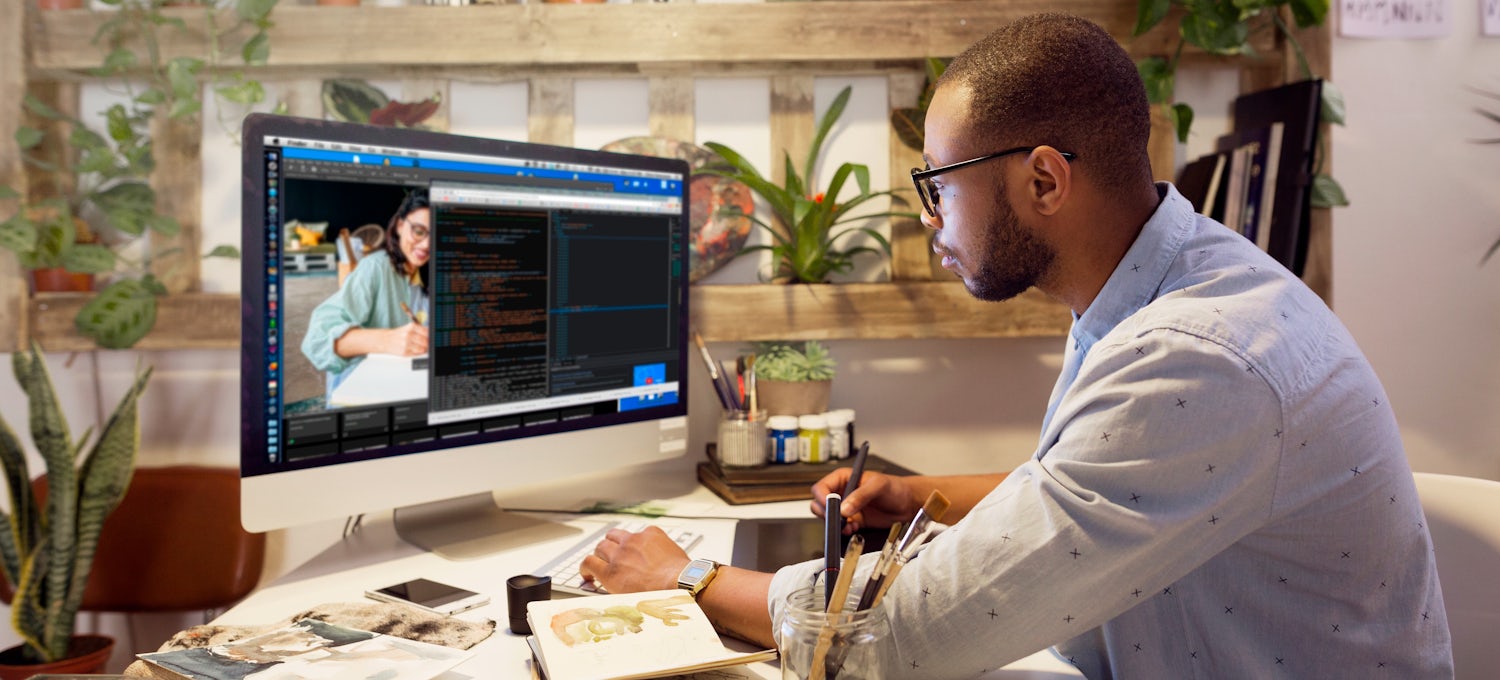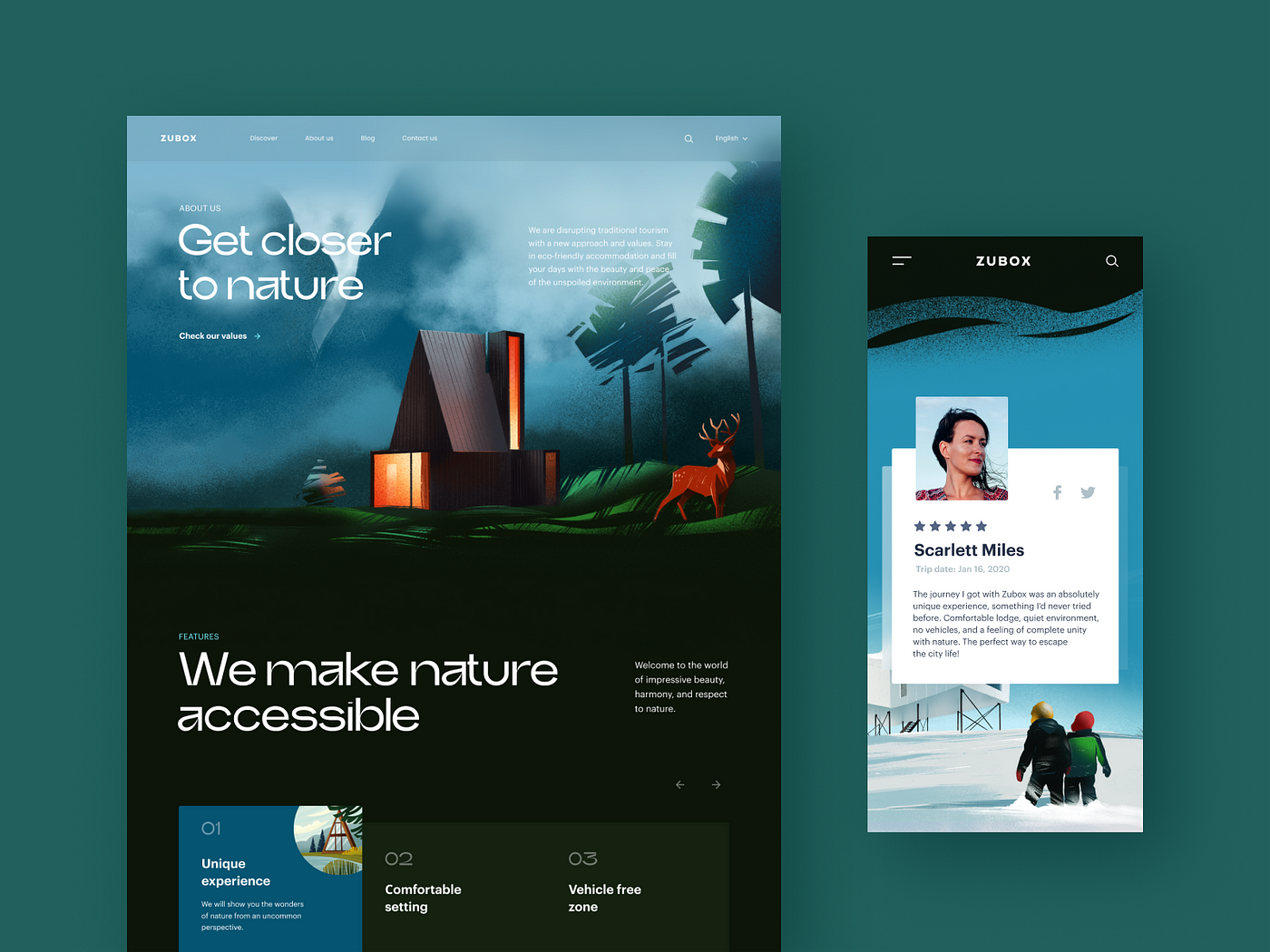Key Elements to Think About When Crafting Expert Web Design
The Comprehensive Guide to Crafting Visually Appealing and Useful Website Design That Fulfills Customer Needs
In today's electronic landscape, the value of crafting internet layouts that are both useful and visually enticing can not be overstated. By focusing on user-centered layout principles, designers can produce experiences that not just attract but additionally maintain individual passion. Secret visual elements such as positioning, equilibrium, and comparison play an important duty in this process, while the requirement of receptive layout ensures availability throughout numerous devices. Nevertheless, the trip does not finish with first design; ongoing testing and version are crucial for improvement. What strategies can one employ to efficiently balance these components?
Recognizing User-Centered Layout
At the heart of efficient website design exists the principle of user-centered design, an ideology that focuses on the needs, choices, and habits of users throughout the growth procedure. This method entails detailed research study to understand the target audience, ensuring that the end product reverberates with its designated customers. By integrating user responses at every stage, developers can create interfaces that are not only visually attractive yet intuitive and additionally functional.
User-centered layout emphasizes compassion, requiring developers to step into the users' footwear and consider their perspectives. Methods such as user identities, journey mapping, and functionality screening are employed to determine pain points and possibilities for enhancement. This repetitive procedure allows for continuous improvement, as designers adjust to evolving individual demands and technological innovations.
Incorporating user-centered style brings about enhanced individual complete satisfaction and interaction, inevitably resulting in higher conversion prices and brand name loyalty. It promotes a collective setting where stakeholders, including designers, designers, and individuals, collaborate to attain a common vision. By placing individuals at the leading edge of the style procedure, companies can produce web sites that not only fulfill organization purposes yet additionally provide gratifying and meaningful experiences for users.
Key Principles of Visual Style
Efficient visual design works as the structure for developing interesting and straightforward internet sites. It incorporates a number of essential principles that guide developers in crafting cosmetically pleasing and useful interfaces.
First, balance plays an important function in achieving aesthetic consistency. Designers should disperse components uniformly throughout the format to prevent overwhelming users. This can be achieved through in proportion or asymmetrical style techniques.
Following, contrast enhances readability and attracts attention to crucial elements. By making use of differing shapes, dimensions, or colors, developers can produce centerpieces that assist users via the material.
Additionally, positioning is vital for arranging info. Regular positioning of message and pictures cultivates a clean format, improving total navigation and customer experience.
Proximity likewise adds to visual quality. Grouping associated items together help users in recognizing the connection between different components, making the interface a lot more instinctive.
Finally, uniformity in design aspects, such as styles, colors, and fonts, strengthens brand identity and assists customers browse the website much more effortlessly. By including these essential principles of aesthetic style, internet developers can develop interfaces that are not only visually attractive however user-centered and additionally useful.
Significance of Responsive Style
Responsive style is an essential element of contemporary internet advancement, guaranteeing that web sites work effortlessly throughout a selection of tools and display dimensions. As directory the net landscape advances, the diversity of devicesâEUR" ranging from mobile phones to tablets and desktop computersâEUR" necessitates a design approach that accommodates all users.
Implementing receptive design allows for a flexible layout that instantly adjusts based upon the individual's screen dimensions. This adaptability not just enhances accessibility yet additionally enhances functionality, as users can connect and browse with the website easily, despite their device.

In addition, responsive design decreases the requirement for preserving numerous variations of an internet site, streamlining updates and content management. This performance translates into cost savings and a more cohesive brand experience across platforms.
Enhancing Individual Experience
Individual experience (UX) is a crucial element of web style, affecting exactly how site visitors engage with a web site and view its worth. A well-crafted UX makes sure that individuals can browse intuitively, find information easily, and accomplish their goals effectively. The style needs to think about the user's journey, from the moment they arrive at the site to the completion of their desired action, whether that be buying, registering for a newsletter, or accessing details.
Crucial element that improve UX include clear navigating, responsive layouts, and interesting aesthetic web content. Uniformity in style elements such as buttons, colors, and font styles fosters knowledge, making the website feel cohesive. In addition, maximizing lots times is critical; individuals are much less likely to remain on a website that is slow-moving to respond.

Testing and Repeating Designs
Examining and repeating styles see are basic procedures that comply with the preliminary creation of a website, making certain that the user experience stays at the forefront of any type of changes. These phases involve collecting individual feedback, assessing style performance, and making notified alterations to boost usability and involvement.
Reliable screening can take numerous kinds, including functionality screening, A/B testing, and customer surveys. Use testing enables designers to observe actual users as they engage with the website, recognizing discomfort points and areas for renovation - web design. A/B testing, on the other hand, contrasts two variations of a style element to identify which does much better, providing measurable data to overview choices. Customer studies can use qualitative insights, catching customer sentiments and choices.
Constant model cultivates a flexible design technique, where the web site develops in feedback to customer habits and feedback. By dedicating to extensive testing and model, designers can produce an internet site that not just satisfies visual standards yet more information additionally provides a pleasurable and seamless customer experience.

Verdict
Finally, effective website design demands the assimilation of user-centered principles, essential visual layout aspects, and responsive frameworks to produce interesting interfaces. By prioritizing individual demands and executing constant screening and model, developers can fine-tune their productions to improve overall fulfillment. The dedication to these practices not only promotes a visually attractive visual however additionally makes certain capability throughout diverse devices, inevitably contributing to a positive user experience and increased involvement.
By focusing on user-centered style principles, developers can produce experiences that not only attract yet additionally maintain user interest.At the heart of reliable internet design lies the concept of user-centered style, a viewpoint that prioritizes the demands, preferences, and behaviors of customers throughout the advancement process. By positioning individuals at the forefront of the layout procedure, organizations can develop web sites that not only fulfill service objectives yet likewise supply purposeful and fulfilling experiences for users.
By focusing on user requirements and choices, web developers can create experiences that are not just visually attractive but additionally functional, inevitably fostering customer complete satisfaction and commitment.
Individual studies can offer qualitative understandings, capturing individual views and preferences.